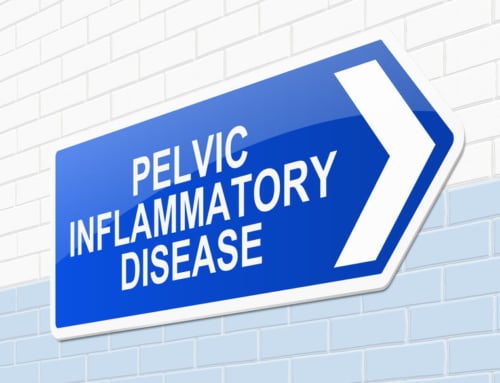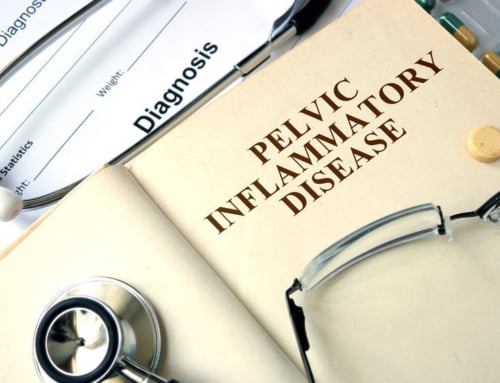Dealing With Dysmenorrhea
Dysmenorrhea is the medical term for recurrent menstrual cramps. Although cramping is common for many women, about 10% women experience severe, nearly debilitating pain. There are two types of dysmenorrhea: primary and secondary. Primary dysmenorrhea refers to cramps that come back every month and are not caused by another disorder. Secondary dysmenorrhea refers to menstrual pain that is caused by a secondary reproductive disorder.
Symptoms of dysmenorrhea
Symptoms of primary dysmenorrhea include:
- Severe pain one or two days before or during menstruation
- Pain arising in the lower abdomen, thighs or back
- Extreme discomfort lasting for anywhere between 12 to 72 hours
- Pain accompanied by fatigue and nausea or vomiting
Often, this type of menstrual cramp becomes less frequent as women grow older. Symptoms of secondary dysmenorrhea include:
- Mild to severe stomach cramps
- Pain that begins early in the menstrual cycle
- Discomfort unaccompanied by nausea, vomiting or fatigue
Causes of dysmenorrhea
Medical experts believe that primary dysmenorrhea is caused by excessive levels of the hormones known as prostaglandins. These are the hormones that make the uterus contract during menstruation and childbirth. Symptoms can be exacerbated by stress, lack of exercise, being overweight, drinking alcohol, and smoking. Secondary dysmenorrhea may be caused by a number of health conditions including fibroids, a sexually transmitted infection (STI), endometriosis, an ovarian cyst, pelvic inflammatory disease (PID).
Tests and diagnosis of dysmenorrhea
Doctors will perform certain tests to rule out any disorders which may be causing the pain. These tests may include a pregnancy test, ultrasound to check for endometriosis, fibroids and ovarian cysts or cervical secretion samples may be taken to test for PID. If these tests prove to be inconclusive, doctors will often order one or more of the following tests hysterosalpingography to assess for fibroids or polyps, magnetic resonance imaging (MRI) to test for any other possible abnormalities, hysteroscopy to find any possible problems with the uterus or cervix.
Treatment for dysmenorrhea
Typically, primary dysmenorrhea is treated with pain medication such as nonsteroidal anti-inflammatory drugs (NSAIDs). If the pain is persistent and severe, doctors may recommend hormone medications. Some women find relief by using an implantable contraceptive device which releases a low level of the hormone progesterone.
In order to relieve the symptoms of secondary dysmenorrhea, the underlying disorder must be treated. Treatment will depend on the type of disorder and its severity. Hormonal treatments may be prescribed. In the case of fibroids, endometriosis or ovarian cyst, the patient may require surgery. Women who suspect they may be suffering from dysmenorrhea should seek medical advice to rule out any underlying health issues.
Is dysmenorrhea preventable?
It is possible to curtail the severity of cramps with some lifestyle changes. Avoiding stressful situations and having an active yoga practice will help. Often warm tea, using a heating pad on the abdominal area and getting plenty of rest will calm the body enough to allow physician prescribed medication to take effect.







